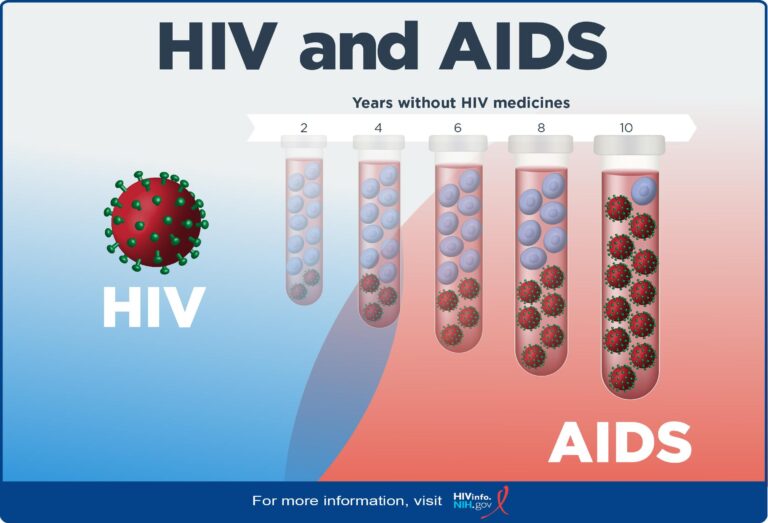Understanding the HIV/AIDS Epidemic in Kazakhstan
The HIV/AIDS epidemic poses a significant health challenge in Kazakhstan, affecting various populations across the nation. With an estimated 40,000 people living with HIV in the country, it is crucial to address this concern urgently.
Historical Context
HIV/AIDS was first reported in Kazakhstan in the early 1990s, primarily due to the country’s socio-economic conditions. The collapse of the Soviet Union resulted in increased drug use and risky behaviors, contributing to the spread of the virus.
Current Statistics and Trends
As of recent reports, Kazakhstan has seen a rise in HIV infections, particularly among intravenous drug users and marginalized groups. This trend highlights the ongoing need for targeted interventions and preventive measures.
Government Response and Policy Initiatives
The Kazakh government has implemented various programs to combat the HIV/AIDS crisis, including awareness campaigns and treatment access. However, there remains a significant gap in public knowledge and stigma surrounding the disease.
Community Support and Global Partnerships
Non-governmental organizations (NGOs) play a vital role in addressing HIV/AIDS in Kazakhstan, providing support and resources. Collaboration with global health organizations has also been instrumental in improving healthcare frameworks within the country.
Education and Awareness Efforts
Improving education around HIV/AIDS is essential for preventing further transmission and reducing stigma. Increased awareness will empower individuals and communities to engage in safer practices and seek testing and treatment.
Future Directions
Addressing HIV/AIDS in Kazakhstan requires continuous efforts from the government, NGOs, and international partners. Ongoing strategic planning and community involvement will be crucial to creating a healthier future for those affected by the virus. For more information on addressing HIV/AIDS in Kazakhstan, visit this link.

